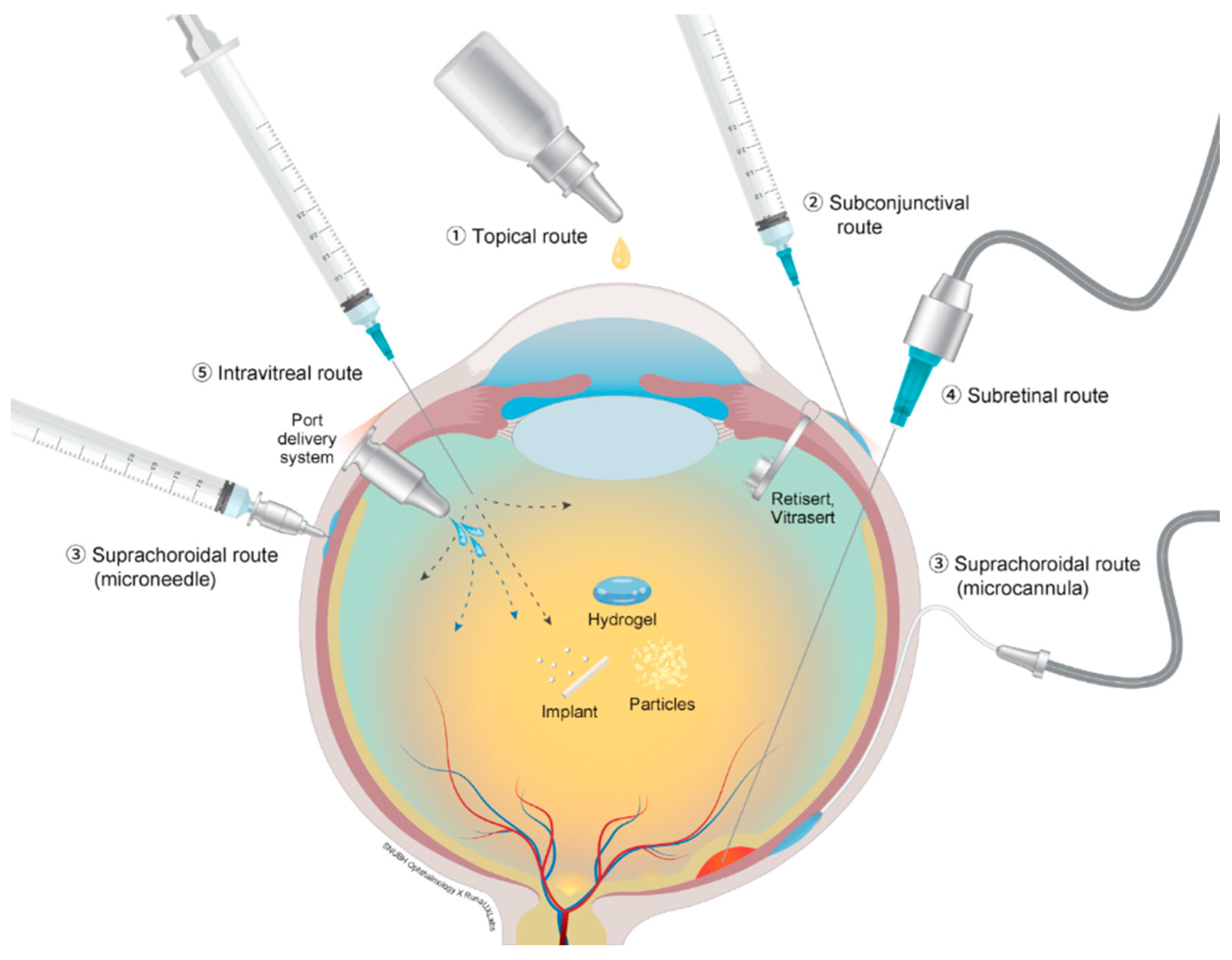Targeting the anterior and posterior parts of the eye, ocular drug delivery systems (ODDS) are specialized technologies that are intended to provide medicinal drugs directly to the eye. With these technologies, the drawbacks of conventional ocular drug delivery techniques — such as low bioavailability, restricted drug penetration, and frequent dosage schedules — are to be overcome. Ocular Drug Delivery System represent a major breakthrough in ophthalmic medicine by enhancing the safety and effectiveness of therapies for a range of ocular disorders.
Ocular Drug Delivery Obstacles
Ocular medication delivery presents distinct obstacles because of the anatomical and physiological barriers present in the eye. Due to its tight connections, the corneal epithelium serves as a major obstacle to the entry of drugs. Moreover, topical medications lose their potency quickly due to the eye’s lacrimal drainage mechanism. Suboptimal medication concentrations in ocular tissues are frequently the outcome of systemic drug delivery, which might also have systemic adverse effects.
Advances in Ocular Drug Delivery Technologies
Researchers have created a variety of Ocular Drug Delivery System, each with unique benefits and limits, to solve these issues. Topical, intravitreal, and implanted devices are the basic categories into which these systems may be divided.
Topical drug delivery refers to the administration of eye drops and gels directly onto the surface of the eye. This category of innovations focuses on improving medication penetration and extending the duration of residence. Mucoadhesive polymers and formulations based on nanoparticles, for example, can enhance medication absorption and retention, leading to superior therapeutic results.
Intravitreal injections: These provide medication directly into the vitreous body for disorders affecting the posterior portion of the eye, such as diabetic retinopathy and age-related macular degeneration (AMD). High medication concentrations in the intended location are possible with this method, but it is intrusive and may have unintended consequences. Sustained-release intravitreal implants are one recent innovation that lessens the need for repeated injections by delivering a regulated release of the medication over prolonged periods of time.
Implantable Devices: For long-term, targeted medication administration, drug-eluting implants can be positioned in the anterior or posterior portions of the eye. These implants are made to deliver medications at a regulated pace and can be either biodegradable or non-biodegradable. They have the benefit of lowering systemic exposure and lowering dosage frequency. Collagen shields and silicone-based devices are two examples.
Prospective Courses
Developments in gene therapy, biomaterials, and nanotechnology will probably have a significant impact on the direction of Ocular Drug Delivery System. Liposomes and polymeric nanoparticles are two examples of nanoparticle-based delivery technologies that show promise for enhancing medication stability and precisely targeting ocular tissues. In addition, non-invasive, real-time drug administration and monitoring may be possible using smart contact lenses that have integrated sensors or drug reservoirs. By using targeted gene alteration to address the underlying causes of hereditary ophthalmic illnesses, gene therapy techniques may also completely transform treatment.
In summary
Within ophthalmic medicine, ocular medication delivery systems constitute a vibrant and developing field. These technologies have the potential to greatly improve the treatment of ocular illnesses by providing targeted, regulated, and prolonged medication delivery while overcoming the drawbacks of conventional techniques. Sustaining the efficacy and adherence of patients to these novel medicines will need ongoing research and technological developments.


